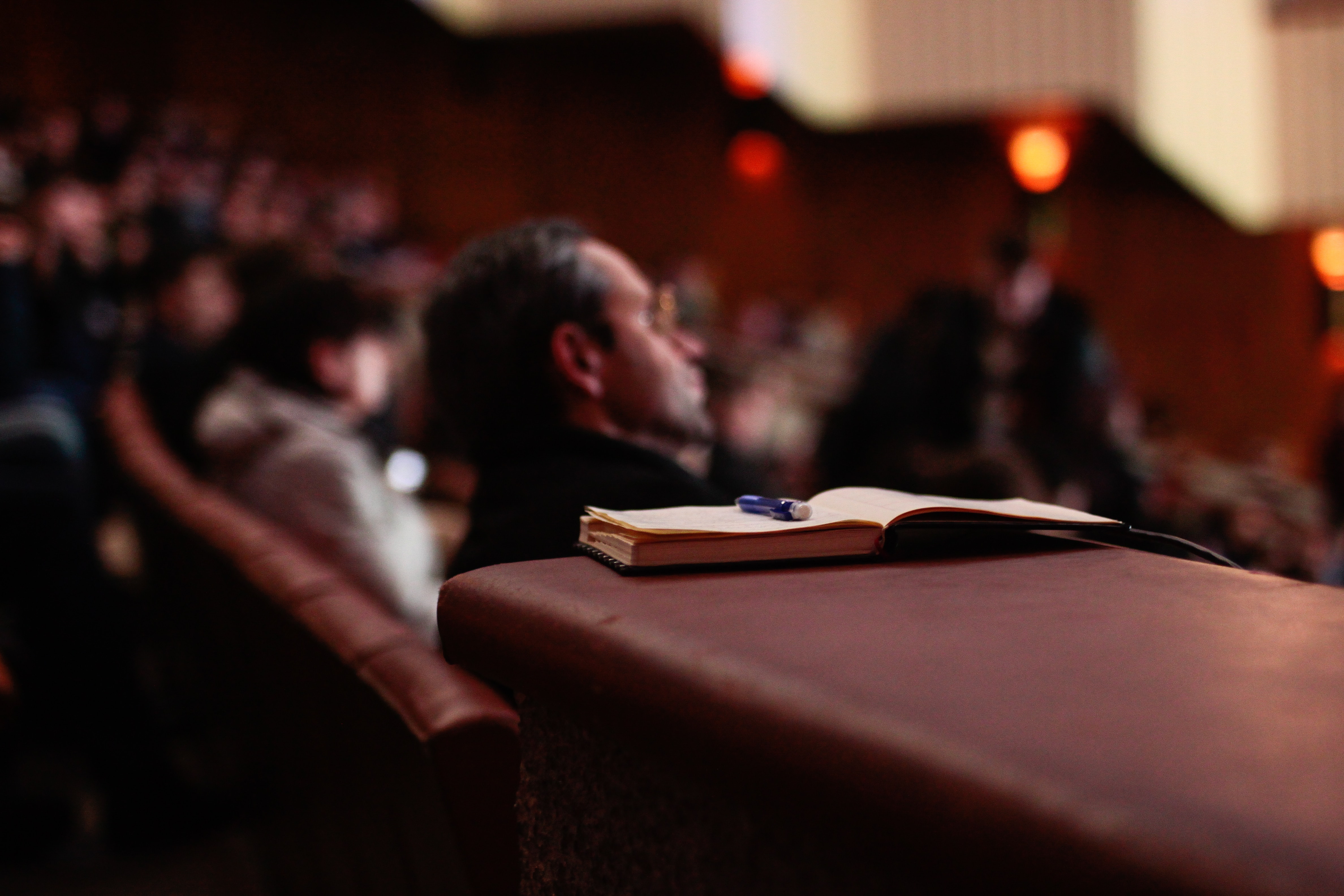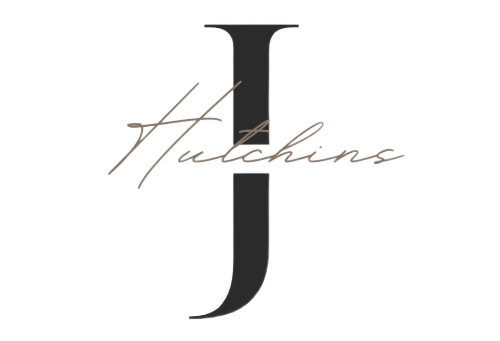Translation is an amazing and often underestimated profession that bridges the gap between cultures, languages and peoples. It is the art of transferring thoughts, ideas and emotions from one language to another, preserving the essence of the original and making it accessible to a new audience, such as English to Bulgarian translator. In this article, we will explore the world of translation, shedding light on its intricacies, challenges and the important role it plays in our globalized society.

The Role of a Translator
At its core, translation is about communication. Translators act as intermediaries, breaking down language barriers to facilitate understanding between diverse linguistic communities. Their role is not merely mechanical; it requires a deep understanding of both the source and target languages, as well as cultural nuances, idiomatic expressions, and context. A translator is not a mere word-for-word converter but a mediator who captures the essence of the message.
The Challenges of Translation
One of the most significant challenges faced by translators is the ambiguity of language. Words can have multiple meanings depending on context, and idiomatic expressions may not have direct equivalents in another language. Translators must navigate these linguistic minefields with finesse, making choices that preserve the intended meaning while ensuring clarity.
Cultural differences also present hurdles. What is acceptable in one culture may be offensive in another. A translator must be sensitive to these nuances and adapt the text accordingly. Additionally, the rapid evolution of languages means that translators must stay up-to-date with contemporary language use and terminology.
The Art of Transcreation
Transcreation, a blend of translation and creative adaptation, is a vital aspect of the translator’s toolkit. It is often employed in marketing and advertising to ensure that a message resonates with the target audience. Transcreators must capture not just the words but the emotions and cultural references that will resonate with the new audience.
The Technology Factor
In recent years, technology has transformed the field of translation. Machine translation tools, like Google Translate, have become ubiquitous. While these tools are helpful for simple tasks, they fall short in capturing the nuances and cultural subtleties that human translators excel at. Many translators now use technology as a complementary tool to improve efficiency and accuracy rather than as a replacement.
The Diverse Specializations
Translation is a versatile profession with various specializations. Medical translators work on translating medical documents and research, legal translators focus on legal texts, and literary translators bring works of fiction and poetry to a global audience. Each specialization demands a unique set of skills and knowledge, making translation a field of constant learning and adaptation.
The Future of Translation
As our world becomes increasingly interconnected, the demand for translation services continues to grow. This demand is further fueled by the globalized nature of businesses, international diplomacy, and the digital age. Translators are adapting to new technologies, working remotely, and collaborating on a global scale. The future promises exciting opportunities for those considering a career in translation.
In the tapestry of human civilization, translation is the thread that weaves together the diverse languages and cultures of our world. It is a profession that requires not only linguistic prowess but also empathy and cultural sensitivity. As we navigate an ever-expanding global landscape, the work of translators remains indispensable, ensuring that we can communicate, understand, and appreciate the rich diversity of our global community. So, the next time you read a book in translation or use a translated app, take a moment to appreciate the art and science that made it possible.

